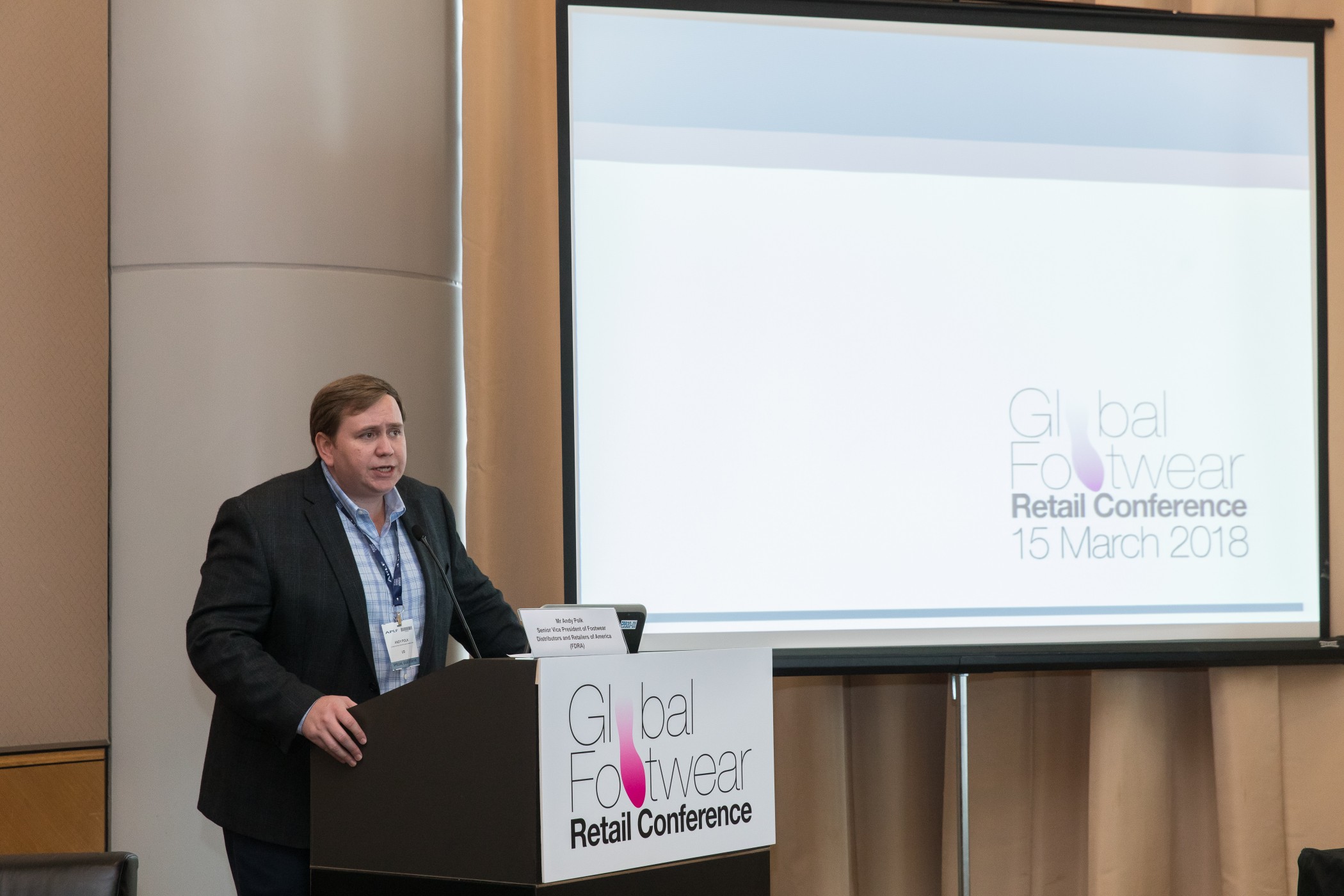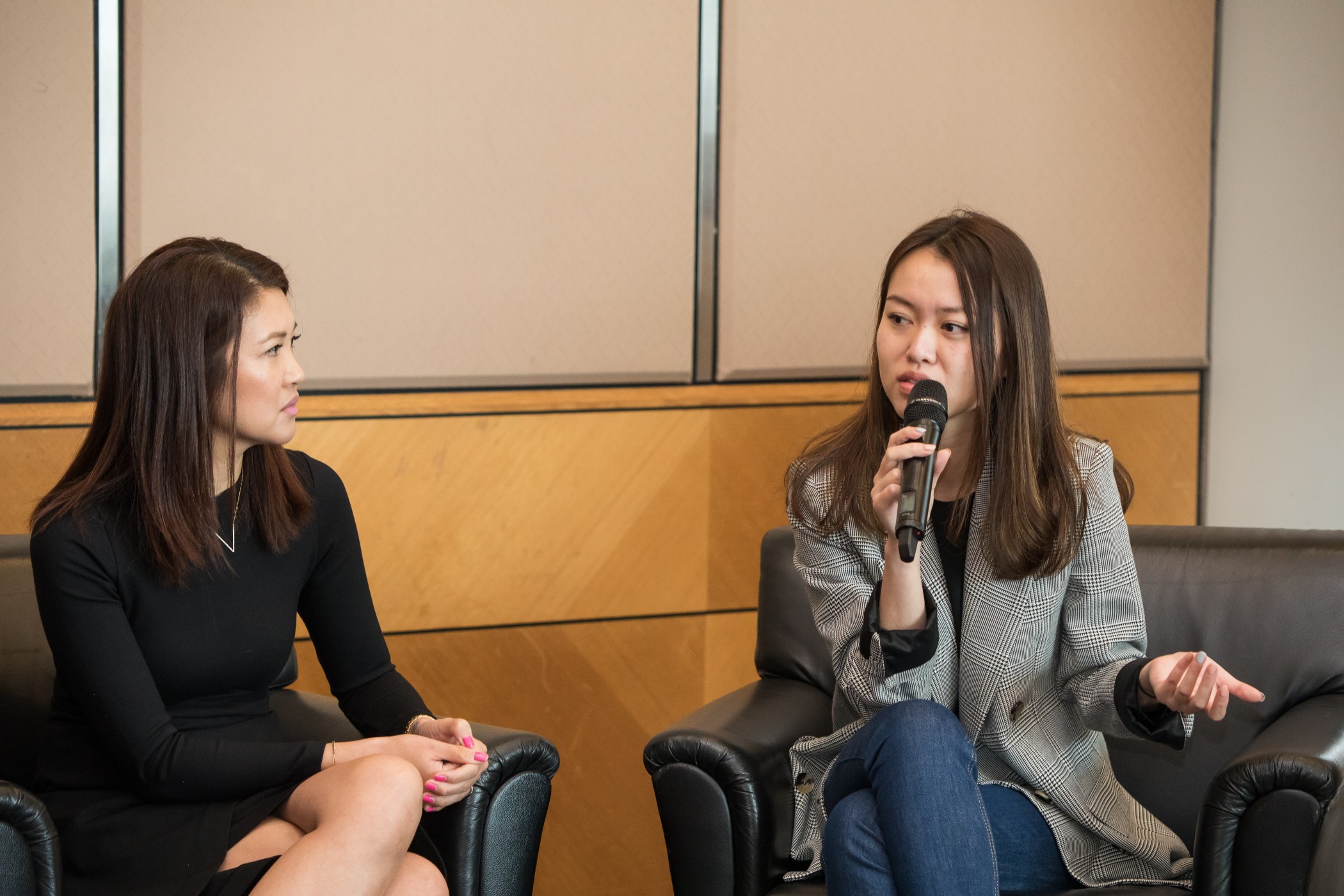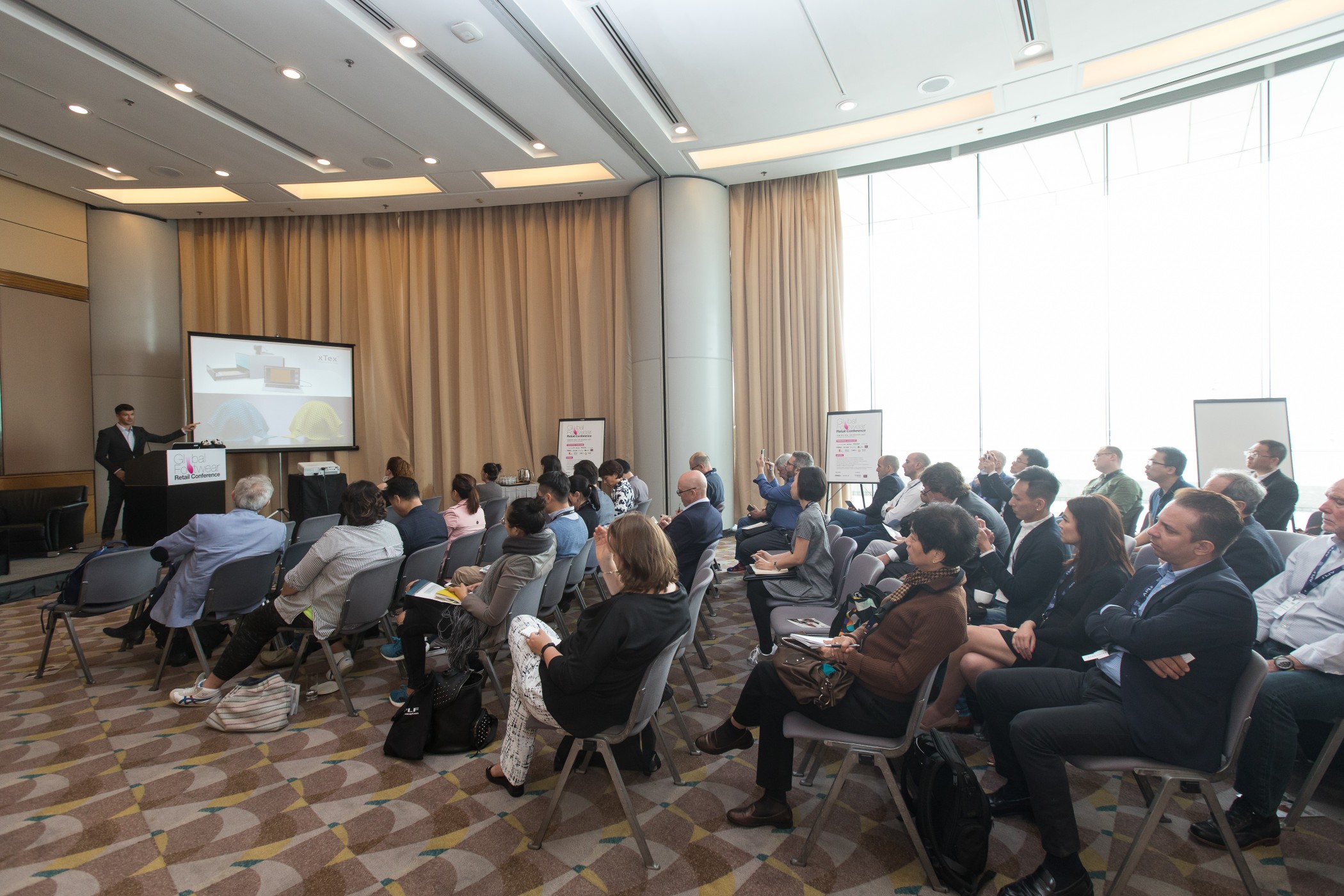This question was among the issues that were discussed by experts from across the footwear industry during the fourth Global Footwear Retail Conference (GFRC) sponsored by
Tencel and
ISA Tantec and co-organised by APLF and the Footwear Distributors & Retailers of America (FDRA) that took place during the
Fashion Access trade show in Hong Kong last week.
The conference kicked off on a positive note with Andy Polk, Vice President of the FDRA giving an optimistic snapshot of the footwear market across the world. This was despite renewed rumors about the American Government Administration considering new tariffs on imports of shoes, clothing and consumer electronics from China, which may have a ripple effect on U.S. footwear manufacturers and on shoes consumption, warned Polk.While the most current data shows shoe store sales sunk for the past year, total shoe sales across the world were up – indicating online sales and other new channels were still growing.
Like other industries, the footwear industry is currently facing retail challenges including how to adapt to rapid consumer demand shifts and how to develop and implement speed to market strategies.
Speakers from the China-based startup Digital Boom, the Italian Atom Lab and 3D printing company the Footwearists from the Netherlands, said that footwear retail future involves data analytics, face recognition and in-store 3D printing micro-factories. But just when that future will arrive is up to debate.
With a huge global workforce and obligations to millions of employees, footwear manufacturers really cannot afford to make wrong or mistimed bets and their technology choices will have an impact on how retailers will answer consumer’s demands for fast delivery and personalised products.
According to speakers from trend forecasters WGSN and Mattori Studio, the next-generation retail model should be based on anticipating what the consumer wants. That lead the discussion towards the future of customisation and how and when it will become mainstream. Top performers retailers like Le Saunda are increasingly taking initiatives that generate customisation both in-store and online.
Another noticeable trend is the consumers’ rising awareness of the fragility of our environment and the importance of its protection. Sustainability has become a key driver of the footwear industry and the search for sustainable and innovative materials has motivated the Austrian company TENCEL to make inroads in footwear by producing a biodegradable wood base fibre that is an ideal alternative to conventional materials.
Last but not least, the conference co-organiser, the FDRA introduced to the audience its newly launched Material Exchange (ME), a cloud-based service of 3D files that provides realistic, life-like visuals of products. An innovation that is set to revolutionise production process, according to Chris Hillyer, Director of Innovation, Deckers Brands.

 From left to right: Sharon Weng, Deputy Brand Director, Le Saunda, Erica Ng, Senior Editor – Retail Asia Pacific, WGSN Insight
From left to right: Sharon Weng, Deputy Brand Director, Le Saunda, Erica Ng, Senior Editor – Retail Asia Pacific, WGSN Insight Go Digital: A New Approach to Material and Product Development Strategy to Adapt to Consumer Shifts
Go Digital: A New Approach to Material and Product Development Strategy to Adapt to Consumer Shifts